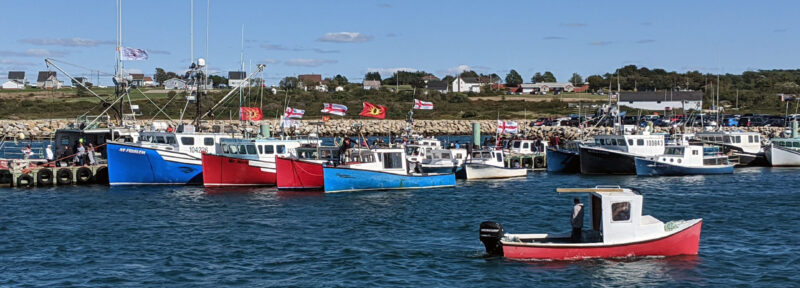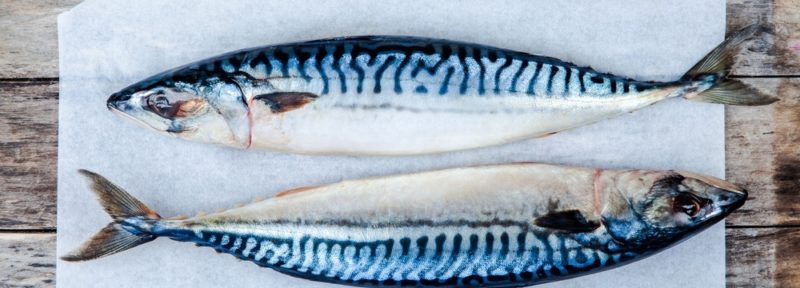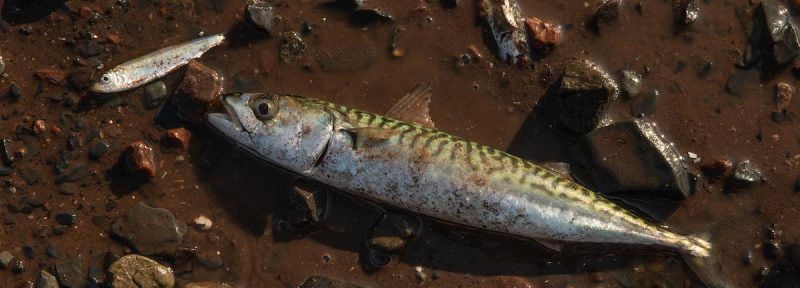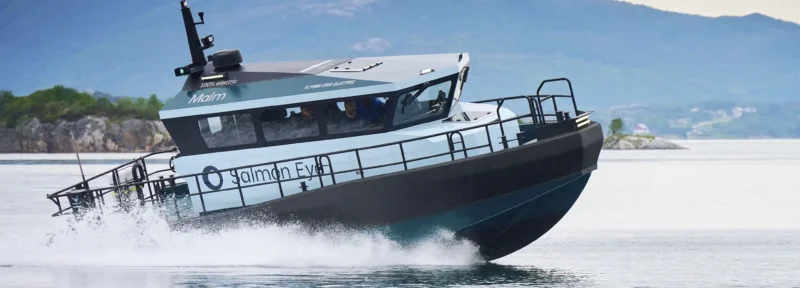Decision-Makers Are in the Dark on Atlantic Herring
Atlantic herring.
Credit: Ingrid Maasik
Night is the ideal time to catch herring. When the sun goes down, the small, silvery fish swim to the surface to feed, following the upward migration of the zooplankton. And since fishers follow the herring, the fishery in Atlantic Canada takes place mostly in the dark.
Unfortunately, Canada’s decision-makers have been working in the dark as well. Two weeks ago, Fisheries and Oceans Canada (DFO) decreased the quota for the 2019 fishery from 42,500 to 35,000 tonnes. While a decrease is preferable to an increase given the overfishing that has occurred in the past, we do not have enough scientific information to assess if this new quota is low enough to ensure herring’s future in Atlantic Canada.
The herring fishery in the Southwest Nova Scotia and Bay of Fundy region (fishing region 4VWX) is the largest in Canada and one of the largest by biomass for any species in the country; it is worth tens of millions of dollars annually and employs hundreds of people as fishers and processors. These herring are caught both as food and as bait for an even more lucrative lobster fishery. They are also an important fish for Indigenous communities in the region, and are used for food, social and ceremonial purposes. While still in the water, herring’s role in the marine food web is critically important to ecosystem health: they provide food for predators like whales and seabirds and commercially important species like tuna, cod and haddock.
The status of the largest herring spawning population in Atlantic Canada has been of concern for over a decade, and stock status reports have indicated the need for rebuilding since at least 2001. Historic landings decreased from 500,000 tonnes in 1968 to 226,000 tonnes in 1973, and then fell even further from an average of 96,000 tonnes in the ’90s to 40,000 tonnes in 2018. Assessment methods have changed over time, so it’s difficult to say exactly what the biomass level was in 1968 versus the present. However, the most recent assessment indicates that the stock status has decreased to 19% below the “critical zone” boundary, the point at which fishing should be kept to minimal levels.
The current assessment uses acoustic devices, which transmit underwater sound waves and then translate the presence of fish to marks on a screen. From there, these marks are converted into a biomass estimate, which can be used to compare relative biomass from year to year. This information, combined with some biological characteristics of the fish that are caught, contribute to the scientific assessment. However, we still lack some basic information needed for fisheries management: an index of abundance, recruitment estimates (how many fish reach a certain size or reproductive age), an analytical model, fishing mortality (the rate of death caused by fishing), and an upper stock reference point (or knowing at what level the stock is healthy again).
Our data let us know that these herring are in critical decline, but not how much we can take if we want to rebuild the population, or how many fish we are removing relative to the population size. Despite the drop in their numbers, and despite the work DFO has done elsewhere to improve their science capacity, we’ve seen little government investment into scientific assessments that could fill these outstanding gaps in our knowledge. Currently, the data collection is conducted and funded almost exclusively by the same industry who fishes these herring. Industry involvement in data collection is necessary and important, but it should not replace the role of the government as regulator of this fishery—DFO needs to step up.
Getting a better understanding of how to rebuild the herring population will require both new information and new approaches. For example, a recent scientific study combined field observations, stock assessments and published studies from 1965-2016 to evaluate the health of Atlantic herring. While the results also indicated an alarming decline, in large part due to overfishing, this kind of assessment shows how multiple data sources can be used together to get a more robust view of stock health than the acoustic survey that the current assessment relies on.
In attempts to make up for years of insufficient information on these depleted herring, DFO has recently started the process to improve assessment methodology, develop an assessment model and move towards a Management Strategy Evaluation. We hope that these processes will yield results that will finally cast some light on the situation and allow us to make scientifically informed decisions.





